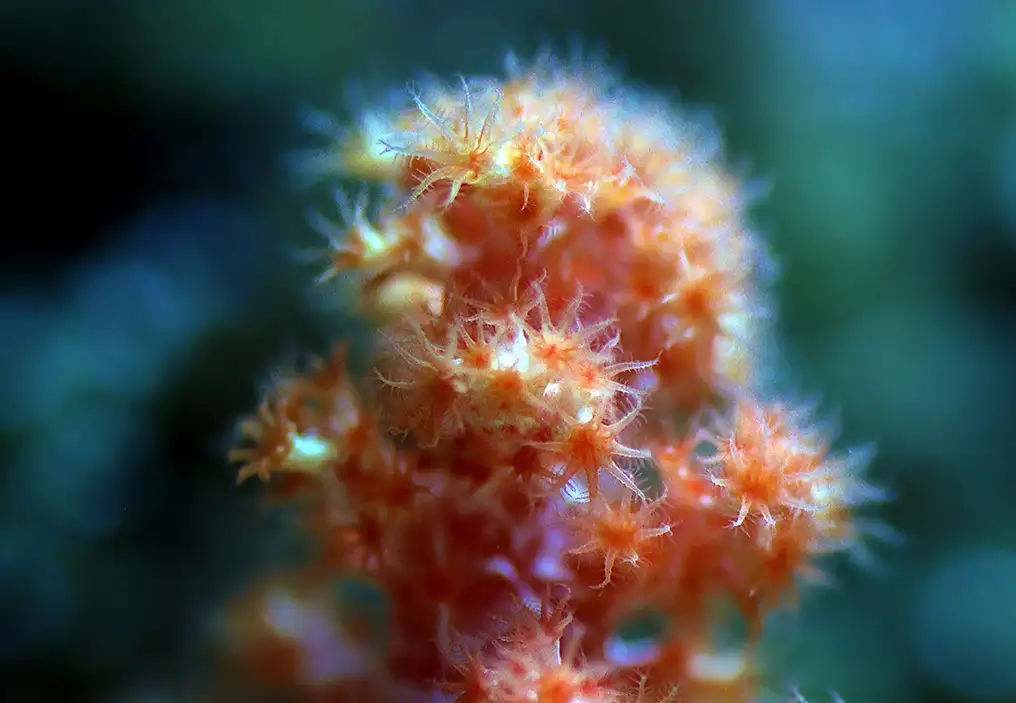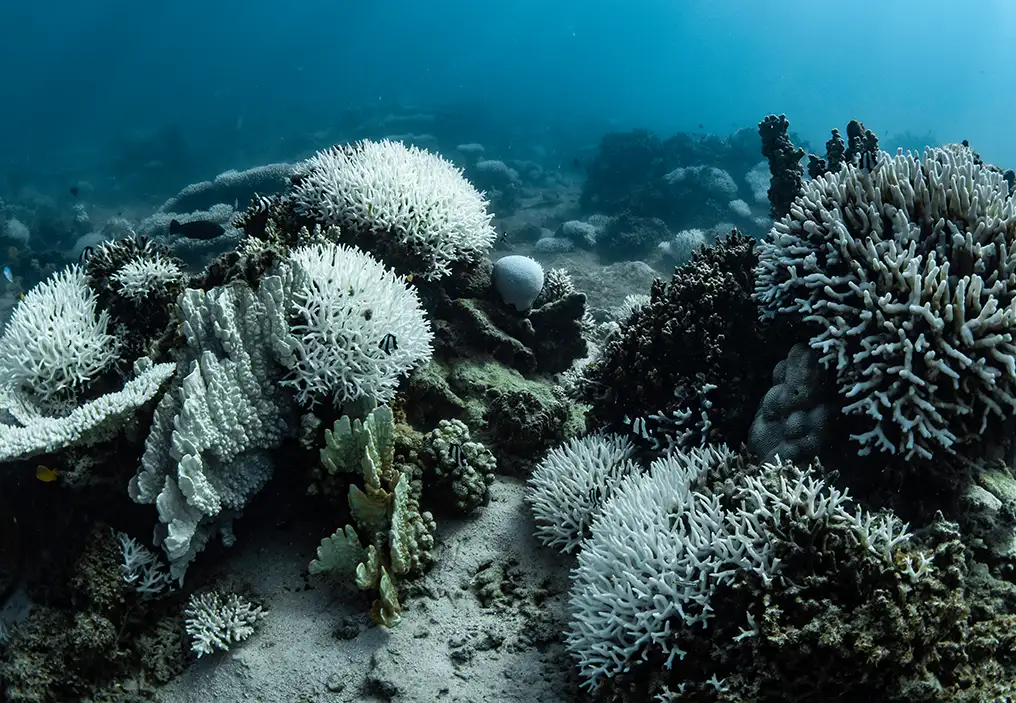Australia has given the green light to Woodside’s North West Shelf gas project, locking in decades of emissions and fossil fuel activity in one of our richest marine zones. Here's why that should concern us all.
In late 2023, our scientists carried out a biodiversity survey near Woodside’s Scarborough gas development site.
Using environmental DNA (eDNA), they detected DNA traces from endangered and near threatened marine species, including pygmy blue whales, false killer whales, Fraser’s dolphins and deep-diving beaked whales.
These are rare and often hard-to-spot species. But the science shows they were there – present in waters where seismic blasting has already taken place, and where more industrial activity is set to continue.
The Australian government has approved the extension of Woodside’s North West Shelf gas project – one of Australia's largest fossil fuel developments – through to 2070.
That means decades more emissions – which cause our oceans to warm and threaten marine life. [Learn more about the recent coral bleaching event at Ningaloo Reef].
It also means more industrial expansion and activity in a region that is home to some of our most sensitive marine life.
The decision also lands at a time when global attention is turning toward protecting and restoring ocean health, and reducing climate impacts –including at the upcoming UN Ocean Conference.
Traditional surveys – based mostly on acoustics and visual sightings – simply aren’t picking up what newer technologies can.
eDNA works by detecting genetic material animals leave behind in the water, like skin cells or waste. When paired with acoustic monitoring, which captures underwater sounds like whale calls, it gives a much clearer picture of what's really out there. [Check out this story for a deeper dive on how eDNA works.]
These tools are already considered global best practice. If we're not using them, we're not seeing the full picture – and that has real consequences.
What's at stake here is bigger than any one species.
The ocean regulates our climate, supports global biodiversity, and provides food for billions. But it's under pressure – from warming temperatures, coral bleaching, overfishing, and yes, fossil fuel development.
We can't meet our climate or biodiversity goals while expanding fossil fuel infrastructure in marine habitats. And we can't protect what we don't know is there.
To protect marine ecosystems and restore public confidence, we need to raise the bar.
That means:
Putting the tools (OceanOmics, eDNA measurement tools) in the hands of government, businesses and people who need them.
Using eDNA technology alongside traditional acoustic and visual monitoring methods to assess and monitor biodiversity.
Making eDNA data publicly available to ensure transparency and accountability.
Urgently ratifying the High Seas Treaty to protect biodiversity in areas of the ocean beyond national jurisdiction.
Committing to ambitious climate targets that address the root causes of ocean stress - including a real zero emissions goal.
The North West Shelf extension isn't just another development.
Australia can't credibly champion ocean protection at global forums while approving long-term fossil fuel expansion at home – especially when better monitoring methods are readily available but not required.
We have the tools. We have the data. Now we need decisions that reflect both.
Because endangered whales shouldn't have to dodge industrial noise and disruption. And we shouldn't have to choose between energy development and protecting the ocean – not when smarter, more responsible approaches are on the table.
You might also like

eDNA: A new way to understand and protect marine life.

Australia’s coral reefs are in crisis.
